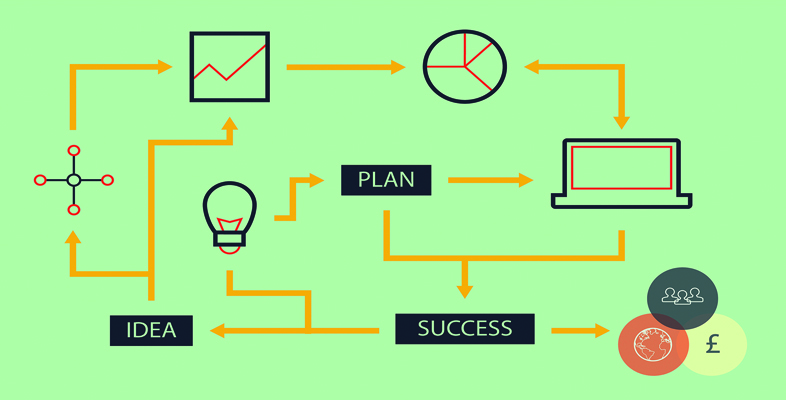2 Cash management
A growing business needs to make the most of all its resources, including cash. You need to think not only about the cash needed to run your business, but also to grow it. Cash management means assessing the flow of cash in your business and thinking about how you can improve it.
In particular, cash management considers:
- the agreements and terms you reach with suppliers and distributors, if applicable
- the speed at which you collect money in from customers
- the speed at which you pay money to suppliers
- the amount of cash you want to keep invested in inventory (the stock of goods that are being held for re-sale).
The first steps in external funding decisions are to evaluate your current cash position, as prospective lenders will do the same.
Sales are usually made on account or on credit, which means a delay between making the sale and cash being received. Without sufficient cash flowing around a business to cover that delay between sales and cash receipts from those sales, your enterprise will come to a halt.
Establishing where your business has cash committed can be quite complex as:
- goods may have been bought and paid for in cash
- employees involved in manufacturing or operations will need to be paid
- business overheads – rent, energy or computer costs – may have already been paid out.
All of these running costs must be funded during the period before cash is actually received from customers.
Box 1 Solvency and liquidity
A business remains solvent when its cash resources can satisfy its longer term financial obligations as they fall due. This requires liquid funds, i.e. cash, or assets that can be readily transformed into cash, and so liquidity is the ability of an enterprise to pay its short-term obligations. Good management of working capital will help ensure that profits do become cash.
Next you will look at working capital and how a balance sheet is used to indicate a business’ financial health.
